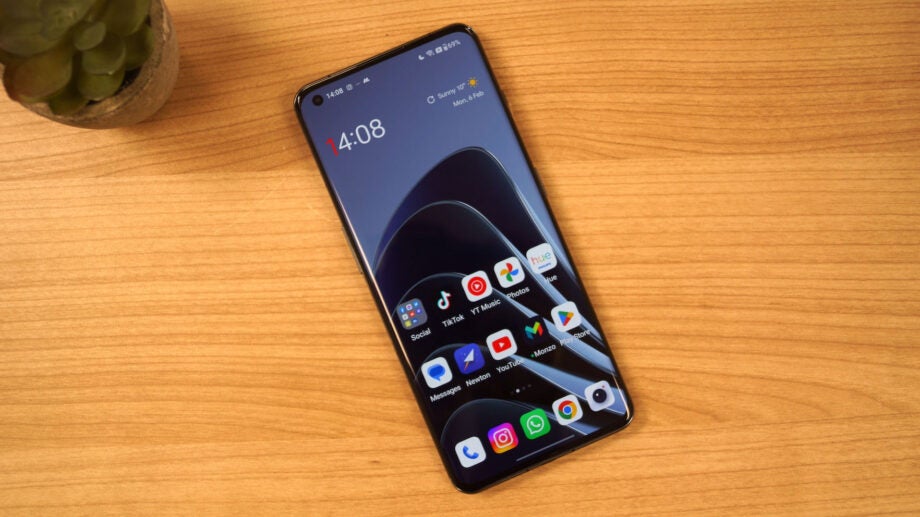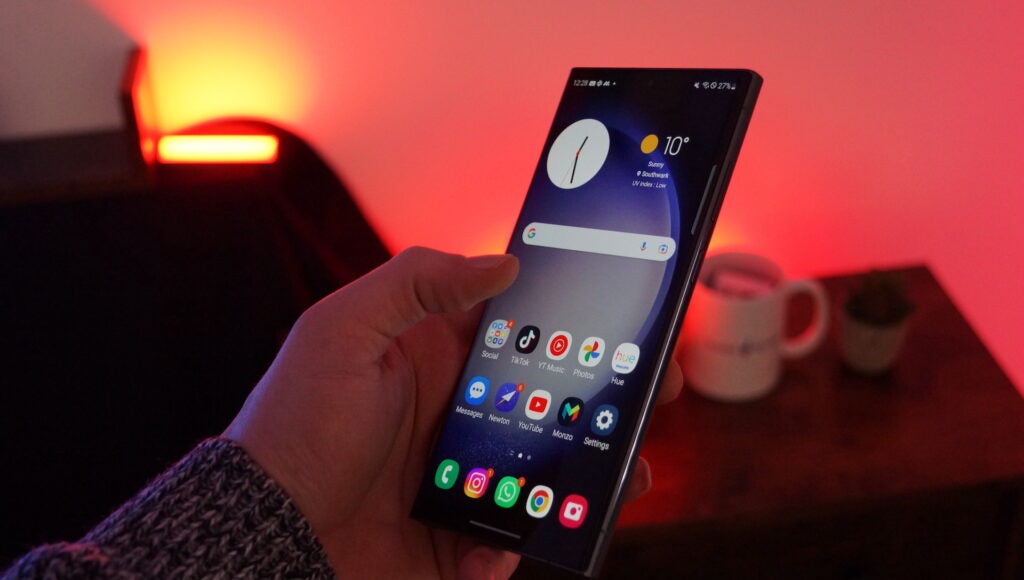What is LTPO 3.0 and is it worth the money?

Most smartphones in 2023 offer some kind of high refresh rate, whether it’s 90Hz, 120Hz or even 165Hz, but this has often come at the cost of overall battery life.
That’s all set to change with the introduction of LTPO 3.0 AMOLED displays that look to dramatically improve power efficiency while still delivering the buttery-smooth performance consumers have come to expect.
It’s a key feature in plenty of 2022 and 2023 flagships including the iPhone 14 Pro, OnePlus 11 and Samsung Galaxy S23 Ultra, but what exactly is LTPO 3.0 and is it really better than standard AMOLED panels?
We explain all you need to know about LTPO 3.0 displays right here.
What is LTPO 3.0?
LTPO 3.0 is the latest version of LTPO technology available on certain high-end smartphones. In a nutshell, the tech allows displays to dynamically switch between refresh rates without the need for an additional component between the graphics controller and the GPU. While initial LTPO displays were limited to 10Hz-120Hz, the more recent LTPO 2.0 and LTPO 3.0 offer 1Hz-120Hz support.
This has the potential to greatly improve the energy efficiency of the display, arguably the biggest source of power draw on a smartphone. This allows the display to, for example, drop the refresh rate down automatically when looking at static images and instantly ramp it up to 90- or even 120Hz when scrolling through menus or playing games where extra frames are always welcome.
It can also drop as little as 1Hz when displaying elements like an always-on display, greatly improving the energy efficiency of the panel.
For context, standard OLED panels don’t allow for the dynamic adjustment of refresh rates without an additional component installed, which uses yet more power. It’s the main reason that many phones you’ll find will either switch between 60Hz, 90Hz and 120Hz, whereas LTPO displays can range anywhere from 1Hz up to 120Hz.

Is an LTPO display different from a standard OLED smartphone display?
LTPO is technically a tweaked version of OLED, but the two are different. As mentioned, standard OLED panels can’t dynamically adjust the refresh rate without an additional component between the graphics controller and GPU, whereas LTPO displays don’t need this component.
It’s down to the way the LTPO displays are built, and more specifically, the type of backplane used. For context, the backplane essentially controls how each pixel acts, and is comprised of thin film transistors known as TFTs. LTPO displays are made from a combination of low-temperature polycrystalline silicon (LTPS) TFTs and indium gallium zinc oxide (IGZO) TFTs, where the former brings improved energy efficiency while the latter enables the dynamic refresh rate.
What are the benefits of an LTPO display?
As we’ve alluded to, the main benefit of using an LTPO display over a standard OLED display is improved power efficiency, especially with high refresh rate displays. It’s still true that OLED panels are more battery friendly than LCDs, but LTPO takes this a step further.
The improved technology allows the display to dynamically adjust the refresh rate depending on what’s happening on screen, with the ability to drop down to a battery-friendly 1Hz when the always-on display is in use and ramp up to up to 120Hz instantly to provide that buttery smooth, responsive feel of a fast screen. This allows you to fully enjoy the high refresh rate while not hammering the battery by constantly rendering at 120Hz.


